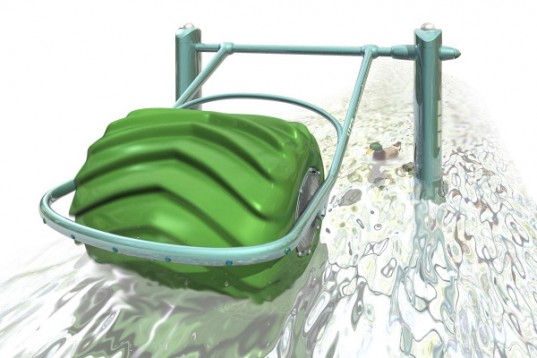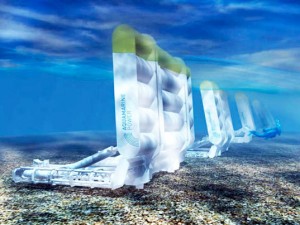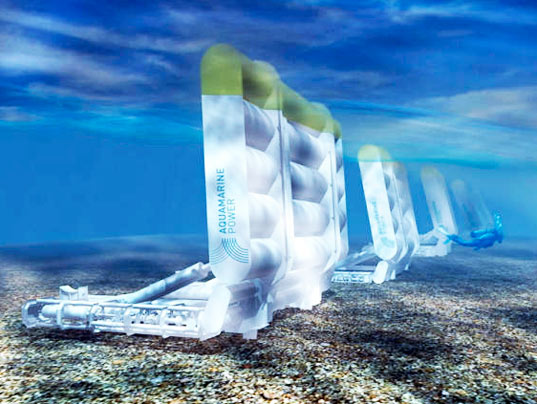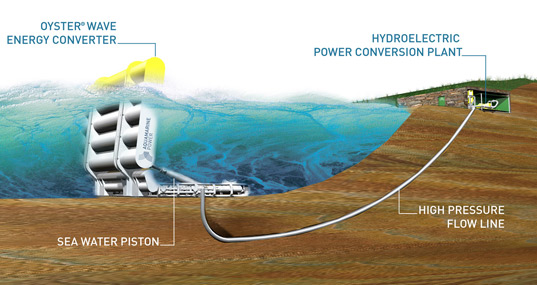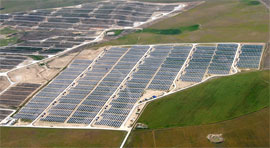Latin America — Hydroelectricity projects are set to balloon in Latin America as the region is expect to invest hugely in the technology in coming years, followed by biomass and wind power, according to industry observers.
“We are only using 22% of our hydroenergy potential,” says Eduardo Noboa, renewable energy coordinator at the Latin American energy organization Olade, based in Quito, Ecuador. “This is the region’s main resource for clean energy generation and where most renewable investments will concentrate in the short and medium term to generate hydroelectricity.”
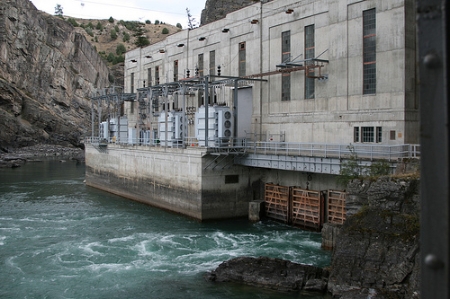
As of 2010, 57% of electricity in Latin America and the Caribbean stems from hydro sources while another 40% comes from thermoelectric power plants using fossil fuels and natural gas. Of the remainder, 2% comes from nuclear stations and 1% from wind, solar and geothermal plants.
According to Noboa, 94% of the region’s electricity potential could stem from hydroenergy while another 6% could come from alternative renewable sources
Of course, new technologies could change future investment trends but as it is now hydroenergy output could rise five times by 2020, Noboa predicts. Bioenergy production could soar 14 times, largely driven by a plethora of planned ethanol projects, while wind power could see capacity rise eight fold. Currently, there are 147,879 MW of installed hydro capacity south of the border. Meanwhile, the region produces 28 m3 (about 7,400 US gallons) of bioethanol and about 5m3 (1320 US gallons) of biodiesel while wind capacity stands 1,000 MW, according to Olade.
Hydroenergy projects have high public acceptance and make use of the region’s large river and waterway resources. Brazil is the powerhouse of hydroelectric generation with 80 GW of installed capacity and is expected to lead the investment frenzy in this conventional renewable resource.
Observers predict Argentina, Mexico and Costa Rica will follow closely behind with several projects on the drawing board. Other countries expected to lift capacity are Uruguay, Colombia and Venezuela which generation matrix is also mainly supported by hydro resources. Mexico generates 80% of its electricity from thermal stations while Argentina and Chile also draw more than half of their power needs from thermal plants. Cuba is mostly a thermal-based energy economy.
Colombia, Argentina Advance in Biofuels
The biofuels race, meanwhile, is mostly making headlines in Colombia and Argentina, which have several large-scale projects up their sleeves. Brazil is the leader with a massive ethanol and flex-fuel car industry but Argentina continues to make gains in efforts to become the region’s biodiesel hub. Government officials recently announced the nation will churn out 3.2 million tonnes of biodiesel and export $2.2bn worth of it this year.
Meanwhile, Colombia is targeting the creation of 1 million jobs as it works to elevate the country’s biodiesel production to 1 million tonnes by 2013. Guatemala is also moving to build its bioenergy industry and is expected to lead the way in Central America.
Mexico has made great strides in wind power but fresh criticism of the government’s “poor compensation rates” are expected to put a lid on new projects in the near to medium term.
Raul Felix, climate change and renewable energy practice coordinator at Baker & McKenzie in Mexico City, expects Chile and Central American to witness strong growth in the technology though other countries, notably Uruguay and Venezuela, are also hoping to develop wind parks in coming years.
Chile certainly has hammered out an eye-catching plan. The country hopes to deploy projects that will install as much as 800 MW of capacity by 2012, led by the 500 MW Ovalle juggernaut slated to come online this year. Overall, South America should see the installation of 1,300 MW of wind capacity this year, according to the Latin American Wind Power Association (LAWEA).
In the next two years, Uruguay, a small nation bordering Argentina’s north, is planning 500 MW worth of projects by 2015 while Venezuela raised headlines recently with a scheme to develop its wind energy resources. A 100-MW project in Paraguana is expected to be powered up in 2011 or early 2012 but Caracas hopes to install at least 1,600 MW of wind capacity by 2015-20.
Geothermal development is forecast to take place in Mexico and Central America though South America also has some interesting potential, according to observers.
Felix says Latin America’s poor interconnection links will present a future challenge to the development of renewable power.
“Our interconnection and transmission capacity is very low compared to North America and Europe so there is much to do in this regard,” he points out.
The region must also improve and expand its regulatory framework to include all renewables. Many countries have drafted a legislative and incentives program to support certain technologies but none have a single, cohesive framework to govern all renewables.
Unsurprisingly, Brazil is also the leader in this regard though Mexico and Chile have also made important advances.
Source
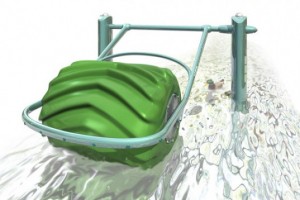
 Follow
Follow